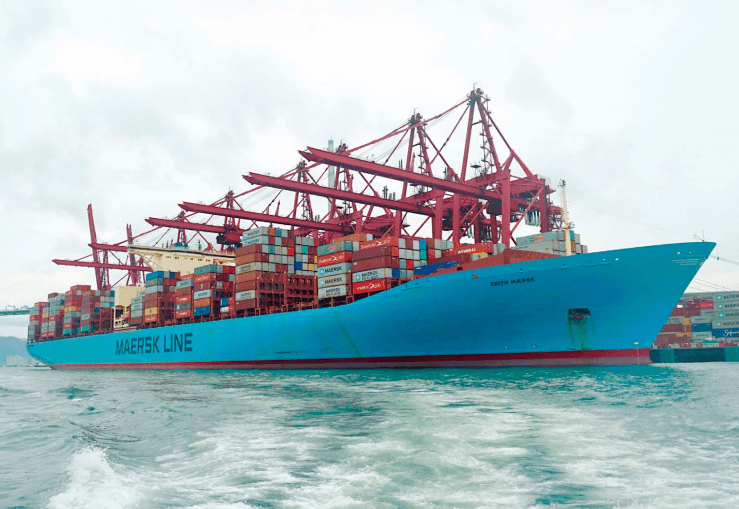The most influential factors in world trade in 2024 are as follows, according to the United Nations Conference on Trade and Development (UNCTAD).
World trade and the economy
Positive economic growth, but with significant disparities. Global GDP growth forecasts remain at around 3% for 2024, but are still below historical averages.

In addition, substantial disparities persist between countries and regions in terms of their projected economic outlook for the coming year.
These disparities influence trade patterns.
Logistics
Strong demand for both container shipping and commodities.
Over the past few months, there has been growing demand for container shipping, as reflected by the sharp increase in the Shanghai Container Freight Rate Index.
Similarly, the Baltic Dry Index also showed a positive trend, indicating an increase in global demand for raw materials.
Critical minerals
Commodity price volatility. Ongoing geopolitical tensions and regional conflicts could renew volatility in energy and agricultural markets.
In addition, the growing importance of secure access to critical minerals for the energy transition is expected to affect prices and further contribute to market volatility in these commodities.
Asia
Lengthening supply chains. Global trade is being influenced by the response of supply chains to changes in trade policies and geopolitical tensions.
Some East Asian and Latin American economies may find opportunities to become more integrated into supply chains affected by geopolitical concerns.
Industrial policies
Increasing subsidies and trade restrictive measures. The prioritization of domestic concerns and the urgency of meeting climate commitments are driving changes in both industrial and trade policies.
The use of trade restrictive measures and inward-looking industrial policies are expected to have a negative impact on international trade growth.
Maritime routes
Geopolitical tensions are also causing disruptions in shipping routes, particularly those related to the Red Sea and Suez Canal.
In addition, efforts to maintain water levels in the reservoirs supplying the Panama Canal are expected to continue to reduce passages in 2024.
These events are driving up shipping costs, extending travel times and disrupting supply chains.

